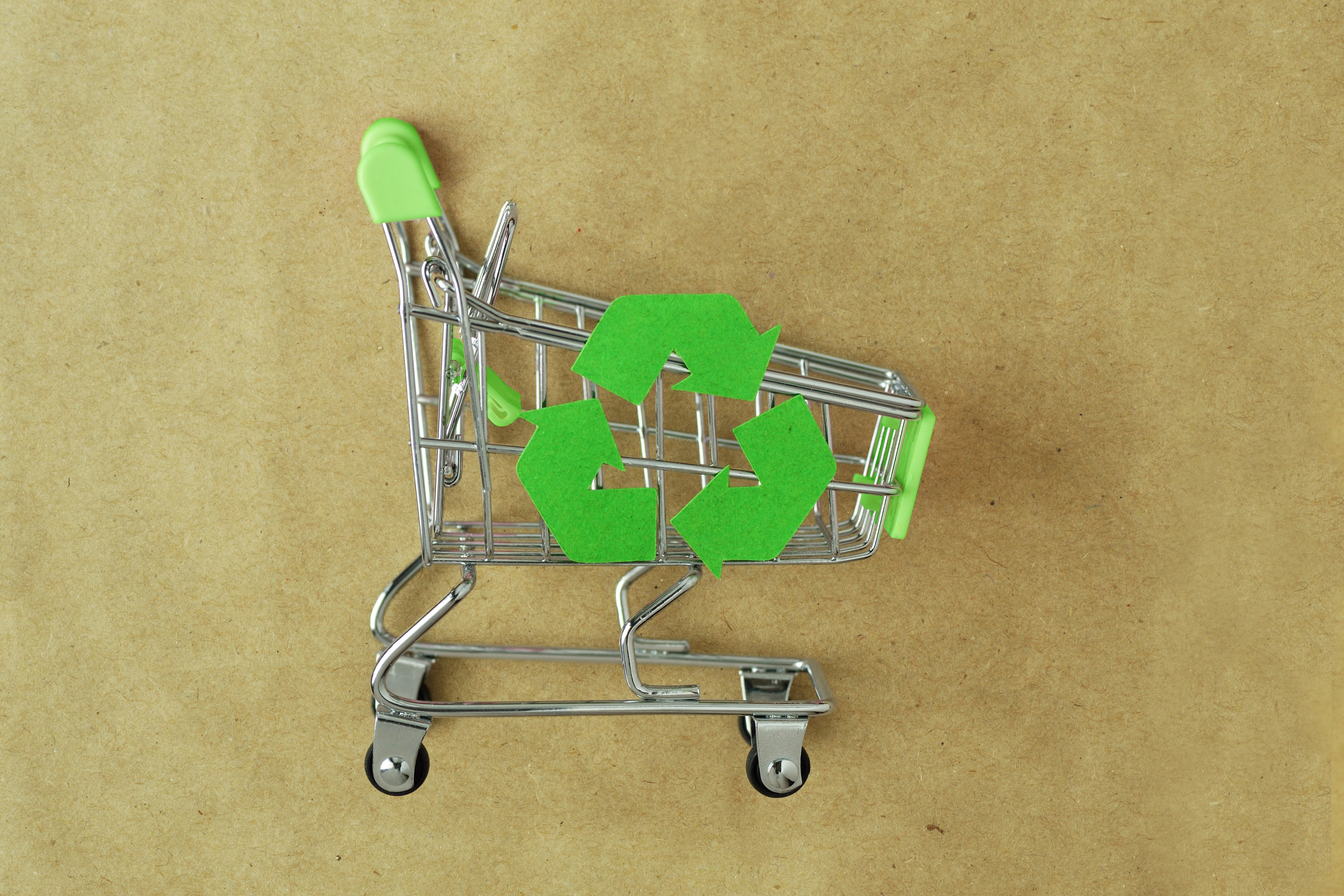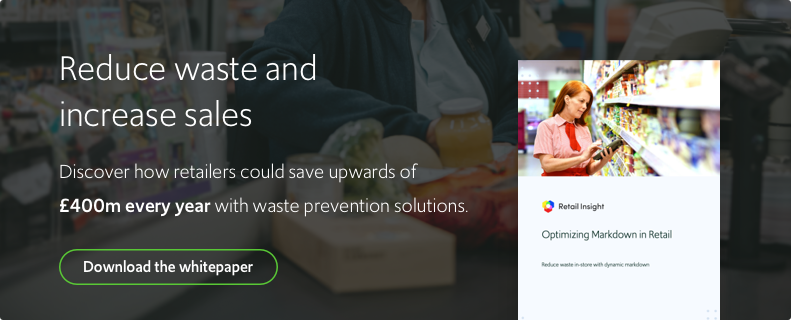Grocers should do more to be sustainable, US shoppers say

- 3 minute read
- Graham Tahernia
As the value of the 'green dollar' grows, US shoppers feel grocery store chains should go further with sustainable retailing, our latest research reveals.
With the value of the ‘green dollar’ rising, it is estimated that the US sustainability market reached $150billion in sales last year, according to Nielsen, as more consumers opt to ‘go green’. Indeed, original research of over 1,000 US shoppers by Retail Insight showed over two-thirds (77%) have tried to be more sustainable in their consumption habits in the last 12 months, rising to 88% in the 25–34-year-old demographic.
And while consumers are becoming more environmentally-minded when it comes to purchasing decisions, the ‘green dollar’ has been boosted further as shoppers are now willing to spend more on sustainable products. Almost half (49%) said they would be happy paying a premium for goods that were ‘green’, rising to 64% of Millennials, and a further 52% would be happy for the price of their weekly shop to be higher if it meant helping the environment.
Yet, in spite of rising consumer demand for green goods and sustainability pledges from major international retailers, US shoppers still feel retailers could be doing more to go green. Over two-thirds (67%) of those polled by Retail Insight said retailers could do more to improve their sustainability credentials – with just 6% saying supermarkets were doing all they could to be environmentally friendly.

Meanwhile, mistrust around sustainability claims and ‘greenwashing’ also caused concern for US shoppers, with over half (54%) believing that too often grocers merely paid lip service to sustainable initiatives, rising to 64% of 35-44 year-olds. Just 6% believed supermarkets’ sustainability programs were driven out of a genuine desire to help the planet.
Seven in ten (70%) US consumers said food retailers still sold goods with excessive or unnecessary packaging, while a further 69% felt there was not enough of a focus on the role of reducing food waste in grocery stores’ sustainability targets. Fifty-five percent said retailers had not put sufficient focus on reducing food miles, and a further 56% said more could be done to create greener supply chains. Meanwhile, 61% felt retailers spent too much time championing ‘obvious’ green initiatives, such as recycling and could do more to be focusing on other meaningful sustainability efforts, like reducing food waste.
Paul Boyle, CEO of Retail Insight, commented: “It’s now more important than ever that grocers’ sustainability initiatives go beyond the rhetoric – consumers are voting with their feet – and their wallets - and are actively choosing brands who are genuinely committed to reducing their environmental impact on the planet. And this isn’t just impacting sales, it’s redefining customer loyalty; our research shows that 55% of shoppers would be more loyal to a grocery store brands if they perceived the business to be green.”
“But going green goes beyond grand gestures – often the biggest sustainability wins can be found in the analysis of granular data and the application of cognitive technology. Take, for example, food waste – currently, 12% of retailers do not implement markdowns, wasting thousands of tons of food that could otherwise have been consumed by shoppers and that ends up in landfills. To add to this, 9/10 of these retailers who apply markdowns to expiring products were using static discounting, with just a fraction leveraging dynamic markdown technology. By using artificial intelligence (AI) to dynamically discount surplus food, prices are optimized to increase sell-through, whilst maximizing margin and eliminating waste to reduce the retailer’s carbon footprint,” he concluded.
Get in touch
Written by Graham Tahernia
A skilled and expert B2B marketer, Graham has worked in the tech space for over a decade. His focus, passion, and curiosity for understanding how retailers and CPGs can serve and delight their shoppers are coupled with a pragmatic understanding of data and technology's role.
